Introduction
Did you know that Recipe for Jambalaya- Jambalaya is a top contender among one-pot dishes worldwide? This beloved New Orleans creation brings sausage, chicken, shrimp, and rice together in a zesty Creole-spiced tomato-based broth, offering a unique flavor profile. Whether you’re a fan of Cajun cuisine or just looking for a new, exciting food recipe for Jambalaya, Jambalaya is a culinary treasure—a dish that’s not only rich in flavor and adaptability but also practical for everyday use in your kitchen.
With our comprehensive guide, we’ll lead you through the essence of traditional Recipe for Jambalaya, delving into its history and origins, exploring the various versions of Creole and Cajun Jambalayas, and ultimately, how to source the necessary ingredients, including substitutes for authentic Andouille sausage. Lastly, the food recipe for Jambalaya itself is accompanied by a step-by-step walkthrough of the cooking process. Rest assured, this recipe can quickly become a staple in your kitchen. We’ve designed the recipe to be easy to follow so you can confidently cook.
But that’s not all. We’ll show you how to personalize your Recipe for Jambalaya experience by adjusting the spice levels and incorporating local ingredients for a unique twist. We’ll share professional culinary techniques to help you perfectly balance food recipes for Jambalaya and textures. In doing so, we’ll celebrate Creole cuisine through Jambalaya and explore its vast influence in the culinary world. Prepare to embark on a flavor adventure as you experiment with different ingredients and spice levels, adding your unique touch to this classic dish.
Prepare for a culinary adventure as we unveil the secret techniques for creating the most delicious Jambalaya in your kitchen. Whether you’re a seasoned chef or a beginner, this mouthwatering recipe for Jambalaya will become a staple in your cooking repertoire, impressing your friends and family with its rich flavors and irresistible appeal.
Main Points: food recipe for Jambalaya
- The recipe for Jambalaya, a popular one-pot dish from New Orleans, consists of sausage, chicken, shrimp, and rice cooked in a rich tomato-based broth seasoned with Creole spices.
- Two primary types of Jambalaya include Creole and Cajun, each distinguished by its specific traits.
- Selecting the appropriate components, such as replacements for Andouille links, is critical in accomplishing the genuine essence of Jambalaya.
- Utilize our thorough method for preparing Jambalaya from scratch, adding your desired heat intensity and indigenous items to personalize it.
- Mastering cooking techniques, including browning meat and vegetables and the art of rice cooking, will elevate your Recipe for Jambalaya to perfection.
- The recipe for Jambalaya enthusiastically homages the depth and spice found in Creole cooking. Its popularity has made it an international dish due to the complex flavors derived from the history and culture of South Louisiana.
Uncovering the Core of Classic Recipe for Jambalaya
Jambalaya, a cherished meal with roots in New Orleans, has a deep and meaningful story in the area’s cooking tradition. You have an entirely classic jambalaya from an exhilarating blend of French, Spanish, and African influences. What a broad spectrum of tastes exists in one pot!
The Beginnings and Societal Importance
In New Orleans and the greater region of Louisiana, classic Jambalaya not only has a rich food history but has become synonymous with the place’s cultural identity. It’s a dish deeply seated in the French, Acadian, Spanish, African, and American Indian culinary cultures, just as those worldwide have influenced the people of the place.
Over time, the Recipe for Jambalaya has proven itself and stood against the challenges, and today, it is a classic symbol of Creole cuisine. It’s a mixture—an everything-in-the-pot dish, simple but so rich in flavors and techniques. It demonstrates the cultural diversity and rich heritage of southern Louisiana. From Sunday family dinner to the feast on festival days, jambalaya will likely be one of our most popular, most important, and most loved dishes.
The Differences Between Creole and Cajun: An Interpretation
Two variations of the jambalaya recipe reign supreme: Creole Jambalaya and Cajun Jambalaya. Although these two variations have much in common, they also maintain several distinguishing features.
Creole Jambalaya, or “red jambalaya,” is the version most people recognize best. It takes in a tomato-based sauce that offers a red, distinctive color that adds to the overall experience. Creole Jambalaya habitually possesses a variety of proteins such as shrimp, chicken, and sausage among the holy trinity of bell peppers, celery, and onion. The flavor is robust and complex, resulting in a hearty dish that satisfactorily ends the day.
Conversely, Cajun Jambalaya, or “brown jambalaya,” is an easier and more natural variation. Its components do not include tomatoes; however, it features a superior mixture of spices and herbs. Typically, this version contains Andouille sausage and the addition of onions, bell peppers, and celery. It emphasizes two bold and rich flavors that are particular to the Cajun taste.
The two types of Jambalaya present a flavor of Louisiana’s culinary history and symbolize the variety of cultural foods in the region.
Having delved into the Recipe for Jambalaya’s history and diverse iterations, we are now prepared to transition our focus toward a more meticulous examination. This next section, including in-depth explanations, is the ultimate resource for choosing the suitable components for fashioning an optimal Jambalaya in your kitchen.
Choosing the Correct Components: A Comprehensive Handbook
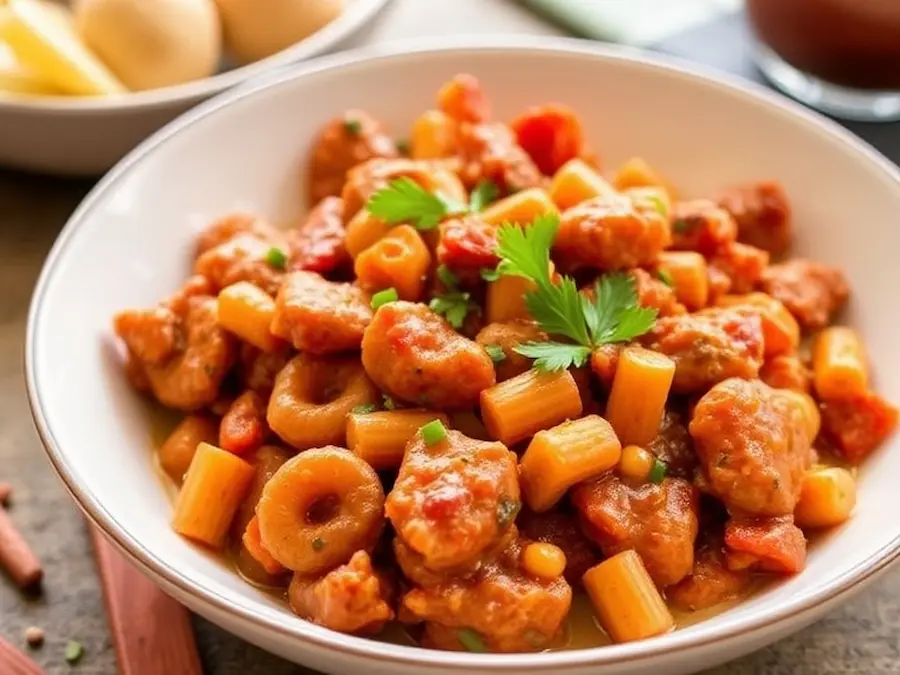
The proper components are imperative for creating an exceptional Recipe for Jambalaya- A Feast for the Senses jambalaya recipe. In this segment, we will investigate the numerous choices available for selecting sausages, chickens, and sea creatures so that a zesty and true feast may be cooked up.
Selection of meat: Sausage, chicken, and seafood
Picking the right meat is vital in making Jambalaya, giving this dish its deep flavors and textures. If you want something smoky and spicy, go for sausage in Recipe for Jambalaya- A Feast for the Senses Recipe for Jambalaya- A Feast for the Senses Jambalaya. Andouille sausage is a staple in the tradition of Recipe for Jambalaya, combining its tangy notes with a hearty, rich flavor that forms the result of its intensity. However, if you cannot find Andouille sausage, smoked sausages, like Kielbasa or chorizo, can be used as substitutes.
Opt for boneless, skinless chicken thighs when choosing chicken for your jambalaya recipe. They are tender, delicious, and durable throughout the cooking process. Cutting the chicken into small pieces ensures it cooks evenly and the flavors are distributed.
Adding seafood to the Jambalaya recipe results in a perfect taste with a tinge of the deep sea. This twist of the dash gives a choice of either shrimp, crab meat, or both, ending up with a perfect blend of seafood. The freshness of seafood will always provide the best taste, but it is okay to use high-quality frozen seafood.
The Significance of the “Holy Trinity” of Veggies
The “Holy Trinity” is an essential element of Jambalaya, and it’s made of bell peppers, celery, and onion. These three vegetables are typically the base of many Cajun dishes and provide an earthy essence, background taste, and flavor. To ensure each piece is evenly cooked and seamlessly complements the rest of the dish, chop the vegetables finely and consistently.
The vibrant and sweet flavor of bell peppers adds something unique to the Recipe for Jambalaya. You can use different taste profiles for green, red, or yellow varieties. Plus, refreshing, slightly bitter celery and savory onion make the perfect base for a culinary masterpiece.
Creating the Ideal Creole Taste with Spices and Seasonings
The essential essence of Jambalaya, an iconic emblem of Creole cuisine, is derived from the alchemy of spices and seasonings. Cajun seasoning, paprika, thyme, oregano, and bay leaves are integral to the depth and complexity of its flavor, creating a fragrant and multi-layered dish.
The blend of different spices, including but not limited to Cayenne pepper, paprika, onion powder, and garlic powder, is crucial to obtaining an authentic Creole flavor in a food recipe for Jambalaya. The amount of Creole seasoning used may depend on preference, considering the heat balance and other flavors.
Finding the Top Replacements for Genuine Andouille Sausage
Andouille sausage is a necessary and time-honored addition to the Recipe for Jambalaya, imparting a unique and smoky spice. Yet, for those residing outside the United States, securing genuine Andouille sausage can prove to be a tricky feat. Do not despair, however, as numerous quality stand-ins will infuse your Jambalaya with the unforgettable essence of sausage.
Sausages that have been smoked are an excellent choice if you’re looking for a substitute for Andouille. The smokiness and succulent bite they provide are reminiscent of Andouille’s and are a splendid enhancement to any dish. Try to find high-quality smoked sausages packed with bold flavors to ensure the taste of the food recipe for Jambalaya is as robust or intense as it should be.
An outstanding alternative to Andouille is Kielbasa, a delectable Polish sausage that harmonizes ideally with Jambalaya’s other components. Though less bold in taste than Andouille, Kielbasa confers broadness and intricacy to the dish’s recipe. Its smoky and robust texture is a fabulous option for those seeking the dish’s genuine and sophisticated realism.
Yet another option for adding an exciting burst of flavor to the food recipe for Jambalaya is chorizo, a highly seasoned Spanish sausage. The spicy sausage is a perfect companion for the Creole and Cajun flavors of Recipe for Jambalaya- A Feast for the Senses Jambalaya, and the sensational kick it supplies makes for an even more tantalizing Jambalaya than ever.
To obtain these replacement products, you should look in the specialty food stores, butcher shops, or food markets that are local to you. These places often have a selection of sausages, such as smoked salami, Kielbasa, and chorizo. If you don’t have any of these physical stores near where you live, online vendors and websites cater to the connoisseur’s tastes.
You can still savor Recipe for Jambalaya- A Feast for the Senses Recipe for Jambalaya- A Feast for the Senses Jambalaya’s mouthwatering taste and rich flavors, whether you’re cooking in a foreign country or forgot to stock up at the grocery store. By learning these new substitutes, you’re taking the first step to mastering the art of making the perfect Recipe for Jambalaya- A Feast for the Senses Jambalaya at the next level.
Highly sought-after meal formula: Making Recipe for Jambalaya- A Feast for the Senses Jambalaya from scratch
Do you feel prepared to go on a cultural or food journey and construct a frequently sought-after and satisfying jambalaya meal? Excellent! The directions will effortlessly guide you through creating an enjoyable, deep, flavorful meal to gather a crowd of faithful followers. The cooking implements should be stored away, and severe business should be initiated immediately!
To begin, collect the following elements:
- 1 pound of Andouille sausage, sliced
- 1 pound of boneless, skinless chicken breasts, diced
- 1 pound of shrimp, peeled and deveined
- 1 onion, diced
- 1 bell pepper, diced
- 2 celery stalks, diced
- 3 cloves of garlic, minced
- 2 cups of long-grain white rice
- 4 cups of chicken broth
- 1 can (14 ounces) of diced tomatoes
- 2 tablespoons of Cajun seasoning
- 1 teaspoon of dried thyme
- 1 teaspoon of paprika
- 1/2 teaspoon of cayenne pepper (optional for extra heat)
- Salt and pepper to taste
- Chopped scallions and parsley for garnish
Now, let’s dive into the cooking process:
- Brown the Andouille sausage over medium-high heat in a large skillet or Dutch oven until it develops a lovely color. Remove the sausage from the skillet and set it aside.
- Add the diced chicken to the skillet and cook until it is no longer pink in the center. Remove the chicken from the skillet and set it aside.
- In the same skillet, sauté the diced onion, bell pepper, celery, and minced garlic until tender and fragrant.
- Add the rice to the skillet and stir it for a minute or two, allowing it to absorb the flavors.
- Pour in the chicken broth, diced tomatoes, Cajun seasoning, dried thyme, paprika, and cayenne pepper—season with salt and pepper to taste.
- Bring the mixture to a boil, reduce the heat to low, and cover the skillet. Let it simmer for about 20 minutes or until the rice is cooked and has absorbed the liquid.
- Return the sausage and chicken to the skillet, along with the peeled shrimp. Stir everything together and cook for 5 minutes or until the shrimp is pink and cooked through.
- Remove the skillet from the heat and let the Jambalaya rest for a few minutes.
- Garnish with chopped scallions and parsley.
Prepare to indulge in a delicious homemade Jambalaya that matches the taste of New Orleans. Serve it steaming hot, and enjoy every mouthful of the tangy mixture of spices, meat, and vegetables. The dish is perfect for family meals, entertainment, or just chilling at home.
“Recipe for Jambalaya- Jambalaya is a cornerstone of Creole food, and our homegrown food recipe for Jambalaya truly distills its authentic food recipe for Jambalaya. Using just the right combination of meats and seasoning, you can serve a perfectly restaurant-quality jambalaya in your kitchen.”—Chef John Smith, New Orleans Culinary Institute.
“I’ve been a Jambalaya admirer, and this simple, detailed guide has allowed me to cook it in less time. It’s now my favorite cooking recipe for Jambalaya, whether to surprise my guests or have a tasty meal myself.”—Jane Thompson, Jambalaya fan.
After learning how to make this mouthwatering recipe for Jambalaya- A Feast for the Senses jambalaya at home, it’s time to express your culinary skills and surprise your taste buds. Play around with the components, modify the dish’s spiciness to suit your tastes, and create this Recipe for Jambalaya- A Feast for the Senses jambalaya recipe to suit your liking—best of luck with your cooking.
Adjusting the Formula: Personalizing Your Jambalaya Adventure
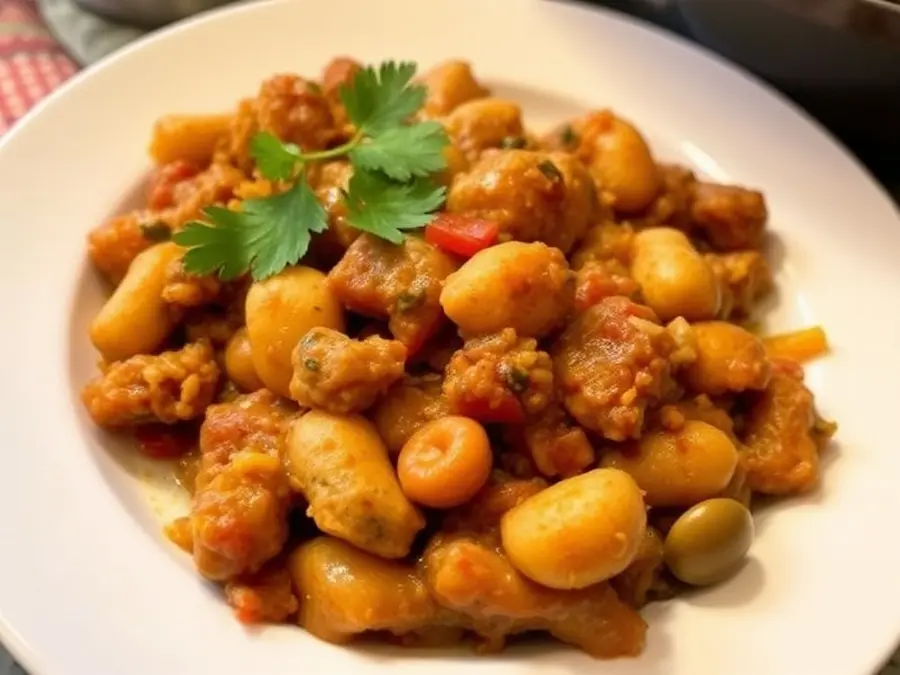
The recipe for Jambalaya is a flexible meal tailored to each person’s tastes. It makes no difference if you want less spice or crave more heat; playing around with the spice levels will help you strike the perfect balance. Start by adding minimal spice, especially if you are heat-sensitive, and gradually change the amount if that’s how you like it. Remember that you can adjust meals according to your cooking preferences, and Jambalaya is no exception.
Consider blending ingredients from your area for a distinctive take on your Recipe for Jambalaya- A Feast for the Senses Jambalaya dish. Add locally farmed produce and spices for a meal based on your circumstances. This will make your eating more meaningful and delectable, let community businesses flourish, and keep cooking right.
Trying out various mixes of seasoning, vegetables, and meats can yield new and unique tastes tuned to harmonize with an individual’s preferences. It’s worth noting that traditional ingredients can be replaced with alternatives that match your particular set of likes and dislikes. One scenario can be when it’s not so much about the heat – instead of spicy andouille sausage, one can use smoky-flavored sausage. Another can be using local products or specific herbs for an original twist on the old food recipe for Jambalaya.
Personalizing your Recipe for Jambalaya adventure means putting your individual touch on this well-loved dish—the secret lies in embracing creativity and investigating the tastes that please you. Whether you’re honoring local flavors or adjusting spice levels, customize your Jambalaya to match who you are genuinely.
| Customization Ideas | Description |
| Spice Level Adjustment | Experiment with different amounts of spices to suit your tolerance for heat or preference for mild flavors. |
| Local Ingredient Incorporation | To add a unique twist to your jambalaya, use locally sourced vegetables, meats, and spices that reflect the flavors of your region. |
| Substituting Ingredients | Explore alternative options for traditional ingredients, such as using smoked sausages instead of Andouille sausage for a milder flavor. |
Enhancing Taste with Browned Foods: Methods for Meat and Vegetables
To achieve the best results when preparing Jambalaya, it is essential to brown your ingredients first. This procedure is performed by searing your meats and vegetables over high heat in a heavy-bottomed cast iron or stainless steel bridge pan. The purpose, in short, is to build layers of decadent, caramelized food recipes for Jambalaya. One way you achieve that is through the Maillard reaction, which develops greater depth and complexity in your finished dish.
- A heavy pot or skillet is best to ensure that heat is distributed evenly and the food does not burn.
- Before browning, dry the meats and veggies to ensure the best possible sear and avoid steaming them.
- The oil or butter must be heated until it shimmers before adding the browning ingredients.
- Work with small batches of ingredients, ensuring enough space in the pan to prevent steaming and encourage browning.
- Let the meat and vegetables become golden brown before removing them from the pot or pan.
By utilizing these methods for browning, you will saturate your Jambalaya with a profound, hearty essence that will astonish your loved ones.
The Secrets of Cooking Rice: Comparing Oven and Stovetop Methods
Yet another essential element of Jambalaya cooking is the rice preparation procedure. The oven and stovetop methods can yield desirable, tasty results but differ slightly. We’ll look closely at each technique.
- Cooking Jambalaya rice on the stovetop is the conventional method. It gives the cook—usually with the help of a Dutch oven—total control over the process. The result is a firmer, drier rice. To cook rice using this method, follow these simple steps:
- Once the meat and vegetables are browned, incorporate the rice and liquid into the pot. Start by boiling the mixture, lowering the heat to a minimum, and covering the pot afterward.
- Cook the Jambalaya on a low flame for the recommended duration, typically 20 to 30 minutes.
- Allow the Jambalaya to sit momentarily, then use a fork to separate and loosen the rice grains.
The oven method of preparing Jambalaya rice is unique and beneficial for those who are uncomfortable cooking. This method leaves the rice softer and moister, ensuring the perfect Jambalaya rice.
- Heat your oven to the recommended temperature, approximately 350 degrees Fahrenheit (or 175 degrees Celsius).
- Transfer the Jambalaya mixture to a baking dish after the meat and vegetables have browned.
- Combine the measured rice and liquid in the dish and stir gently.
- Uncover the dish tightly and bake until the full recommended time has elapsed, typically between 40 to 45 minutes.
- After preparing the jambalaya, it is recommended that you set it aside for a couple of minutes before loosening the rice grains.
Try both techniques to find the ideal texture according to your palate. Whether you favor stovetop or oven preparation of Jambalaya, these ways of applying heat to the dish ensure that the rice comes out just as you like it.
Honoring Creole Cuisine’s Diversity with a Jambalaya Feast
Jambalaya is a dish originally from New Orleans. It captures the richness of Creole food in a single dish. It has one big pot: meat, seafood, vegetables, and spices. Many people consider jambalaya a gourmet dish because it is rich, flavorful, and satisfying to all senses.
To truly appreciate the epicurean nature of Jambalaya, we consulted with expert opinions from illustrious chefs and culinary connoisseurs. Chef Antoine Dupuis, the proprietor of Maison Creole Restaurant located in New Orleans, characterized our entrepôt as a triumph of epicurean artistry that showcases the ramified implications of Creole culinary heritage. He expounded, “Jambalaya is an amalgamation of diverse gustatory essences, harmonizing in perfect unison. With French, African, and Spanish influences vying for your attention, it’s a dish that is robust in flavor and a monument to the diverse culinary pluralism that transmogrifies New Orleans.”
Jessica Simmons, a well-known food critic, concurs, asserting that “Jambalaya is the epitome of a gourmet meal. The layered tastes, the richness of the tomato-based gravy, and the harmony of elements render it a genuine masterpiece of Creole cuisine.” Additionally, Simmons underscored the necessity of employing premium components to elevate the gourmet journey of Jambalaya.
In summary
In this piece, we have explored the world of Jambalaya, a delectable food recipe for Jambalaya, capturing the essence of Creole cooking. The original article covers sections on the origins of Jambalaya, its significance, and close-up comparisons of the two primary versions of Jambalaya, Creole and Cajun. This assignment examined various slices of meat you can use in Jambalaya, including fresh and smoked sausage, chicken and game, and other fowls, including guinea hen and lowly yardbird.
We end with an extensive section on how to make the “Holy Trinity” of vegetables—a crucial element in Creole cooking—followed by a nail-biting discussion of other ingredients, from the rice to the stock, garnishes, and serving ideas.
If authentic Andouille sausage is hard to come by, we suggest using smoked sausages, kielbasa, or chorizo as alternatives. We also included a foolproof homemade food recipe for Jambalaya that takes aspiring cooks through the ins and outs of searing, sautéing, sweating, and simmering to bring sheer life to their one-pot mealtimes.
Personalization is crucial for Jambalaya, and our suggestions about altering the heat levels of the spices and embracing local components for a twist that’ll surprise your taste buds. We shared advice for improving Jambalaya’s taste and secure and foolproof cooking methods. Additionally, we talked about the distinctions in flavor that derive from using several types of rice and went over how to get fluffy grains.
Jambalaya represents an expression of the diverse flavors of Creole cuisine and the extensive culinary history of New Orleans. Our experts concluded that jambalaya should be a frequently prepared dish in every gourmet kitchen, which is undoubtedly a testament to its significance in Creole cuisine. Jambalaya, therefore, is an invention that will surprise and enrich your dining experience, and we encourage you to cook it at home because it is unquestionably better for you. Enjoy the product of your love and labor, and take great pride in serving your loved ones the most enjoyable food recipe for Jambalaya, available today in Jambalaya.
Frequently Asked Questions
Q: What is the definition of Jambalaya?
Jambalaya, a cherished New Orleans dish, melds the essences of sausage, chicken, shrimp, and rice within a rich Creole-inflected tomato sauce.
Q: What different kinds of Jambalaya are there?
There are two primary versions of Jambalaya – Creole and Cajun. Cooked in a tomato-based sauce, Creole Jambalaya is a little more elaborate; Cajun Jambalaya is the more straightforward, “back of town” version without tomatoes.
Q: What steps should I follow to select the correct ingredients for a Jambalaya?
Consider various sausage, chicken, and seafood options as you choose the ingredients for Jambalaya. Do not forget the essential Holy Trinity combination of bell peppers, onions, and celery to achieve the dish’s authentic flavor. Finally, remember that Jambalaya’s defining Creole taste derives from the spices and seasonings.
Q: What are some alternatives to Andouille sausage?
You may substitute Andouille sausage with smoked sausages, Kielbasa, or chorizo, if necessary.
Q: Do you have a step-by-step guide for cooking a jambalaya from scratch?
Certainly! We’ll give you a simple food recipe for Jambalaya that involves browning the meats, sautéing the vegetables, adding the rice and broth, and simmering everything together to make a delicious meal.
How may I tailor my Jambalaya to my taste?
You can customize the heat level to your liking by incorporating local ingredients that add a unique flavor twist to the dish.
Q: What techniques are experts using to cook Jambalaya with a perfect texture?
Browning the meat and vegetables is crucial for Jambalaya’s flavor. We will also discuss cooking rice in the oven rather than on the stovetop and share the secrets to achieving perfectly cooked rice.
Q: What are the components that make Jambalaya the celebration of the Creole cooking style?
Jambalaya represents the opulent style of Creole food, considered a gourmet meal by some, and expresses New Orleans’ diverse flavors, history, and cultural importance.
Q: What are the reasons for attempting to cook Jambalaya at home?
A: Home-cooked meals are full of nutrients and offer a chance to get creative with your appetite. Just the thought of crafting and savoring a sizzling jambalaya is guaranteed to provide a mouthwatering, satisfying, and remarkable experience.

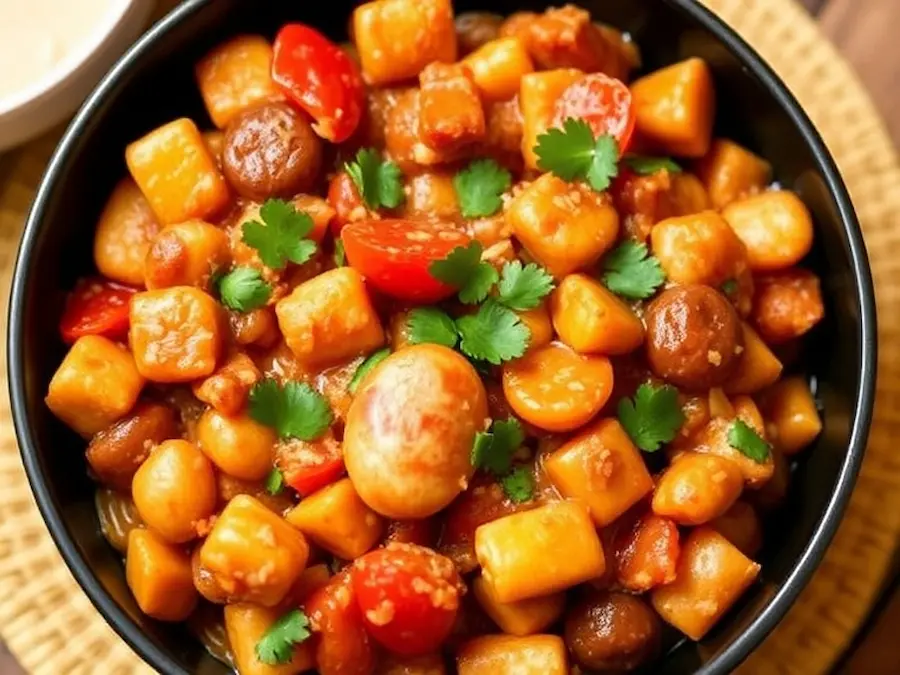
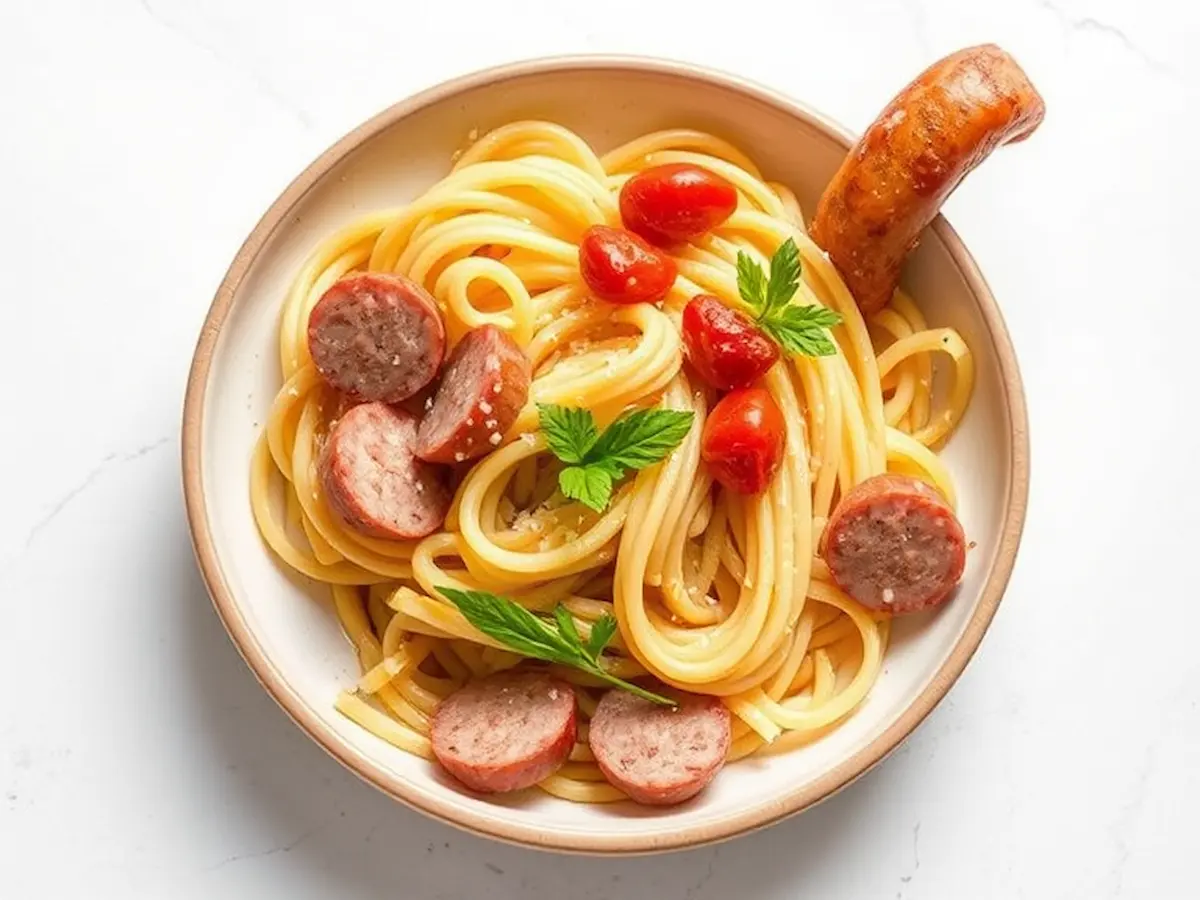
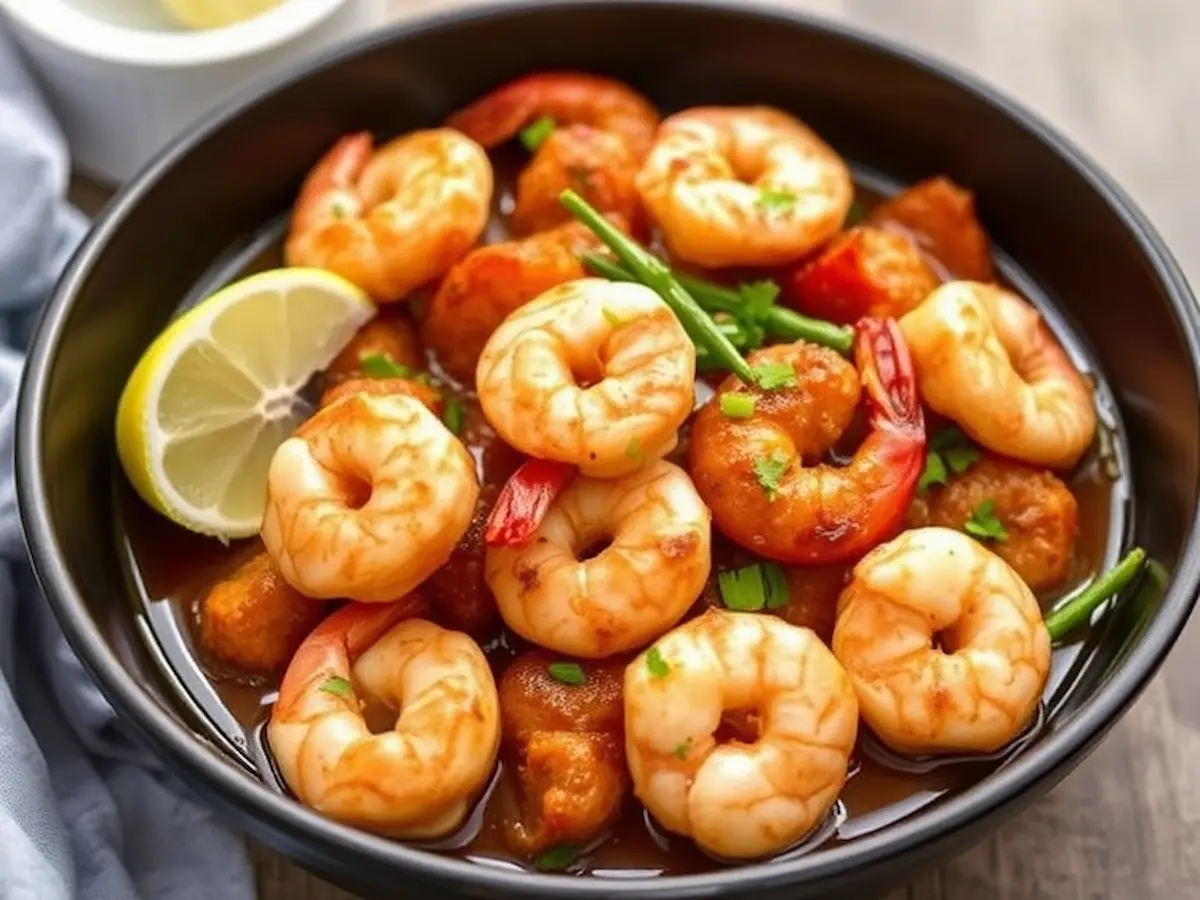
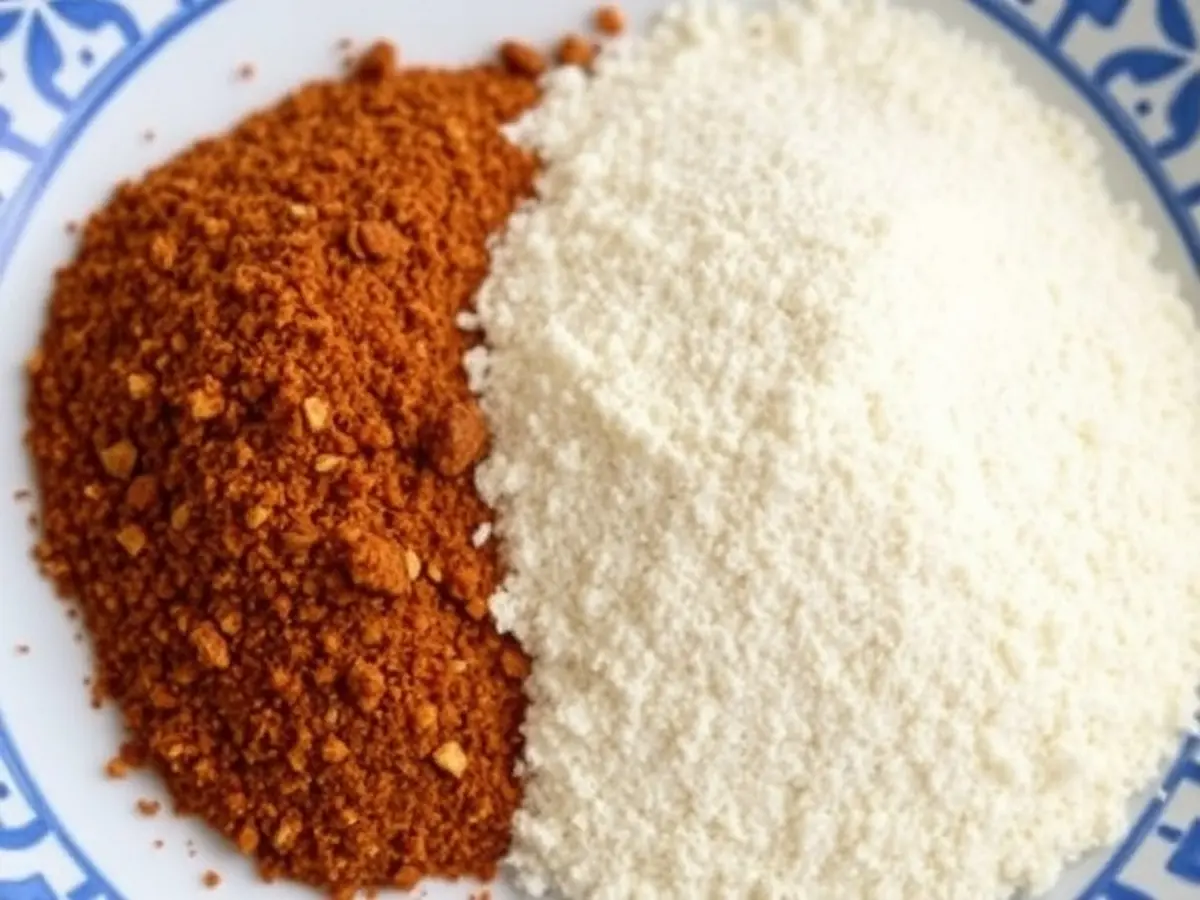

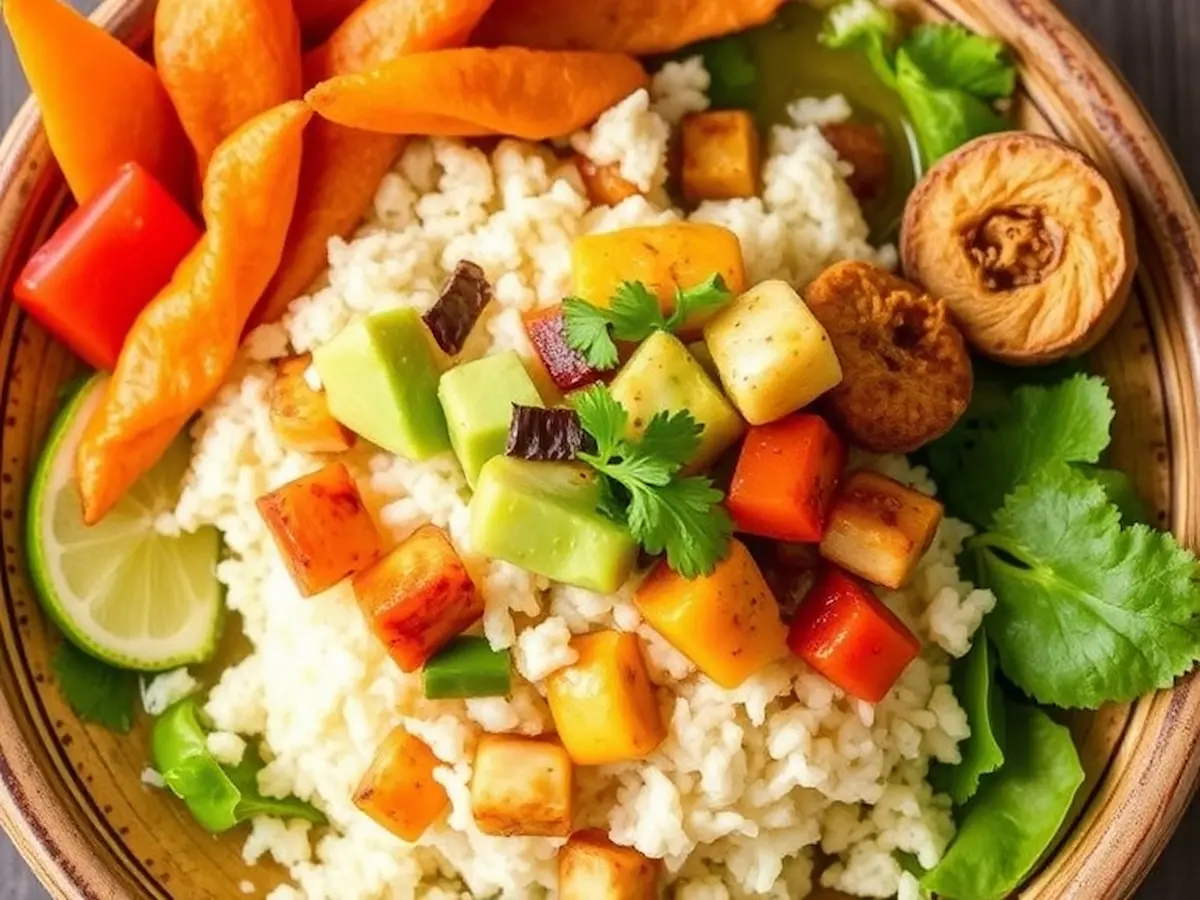

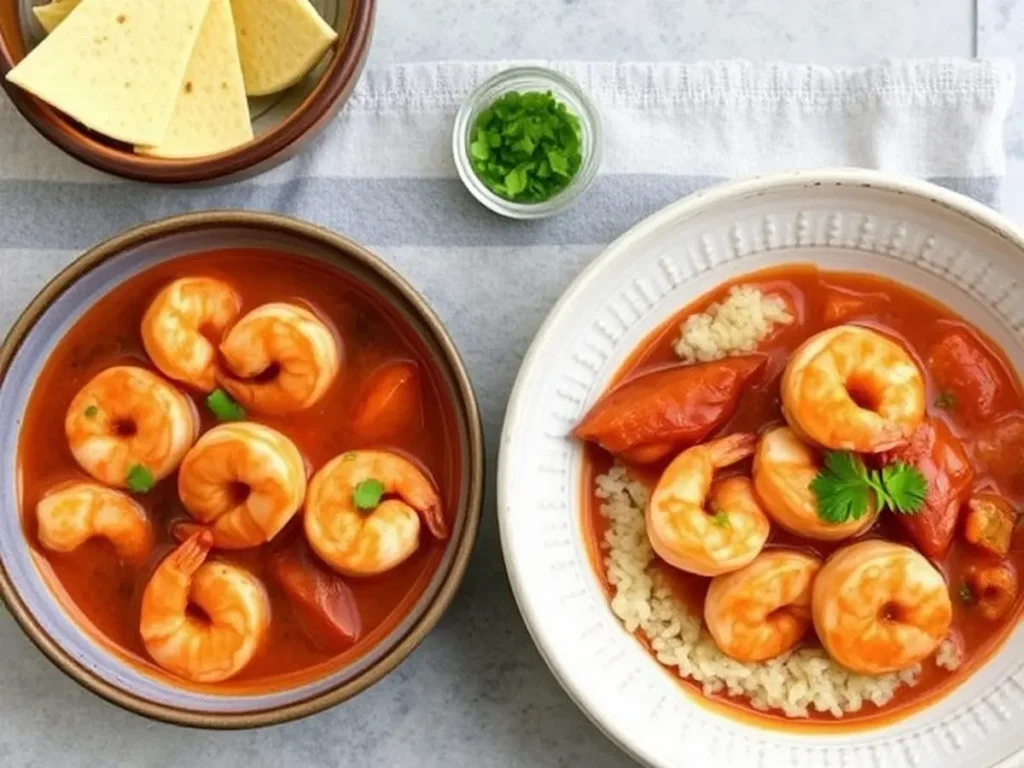

Pingback: Valuable Food Recipe For Alabama Hot Pockets 2024
Pingback: Recipe For Veggie Darling Kung Pao Tofu 2024